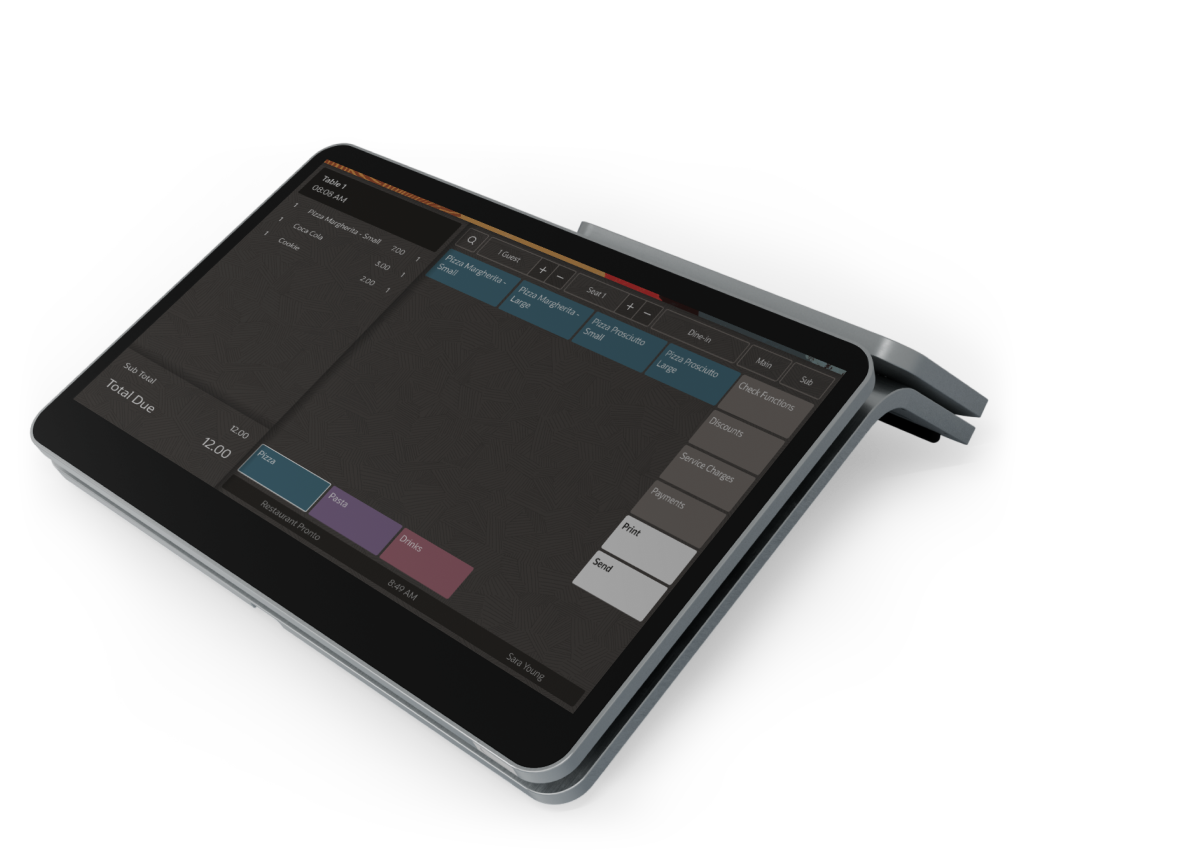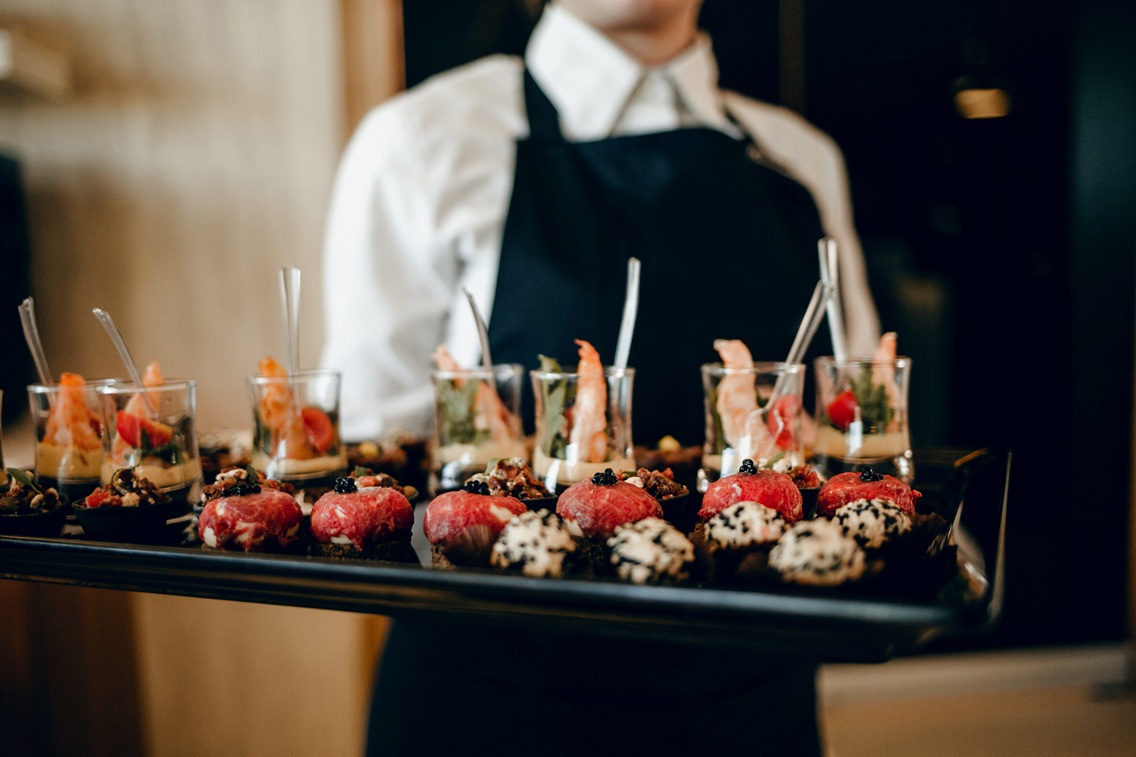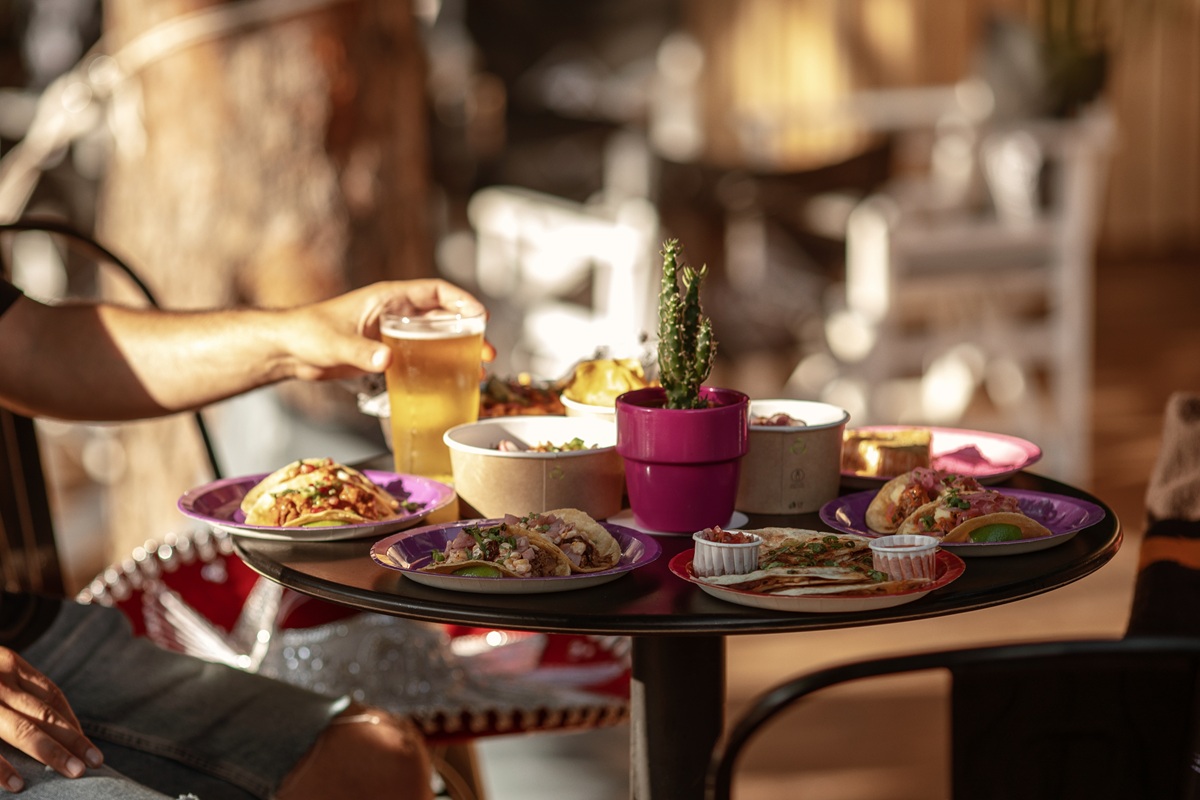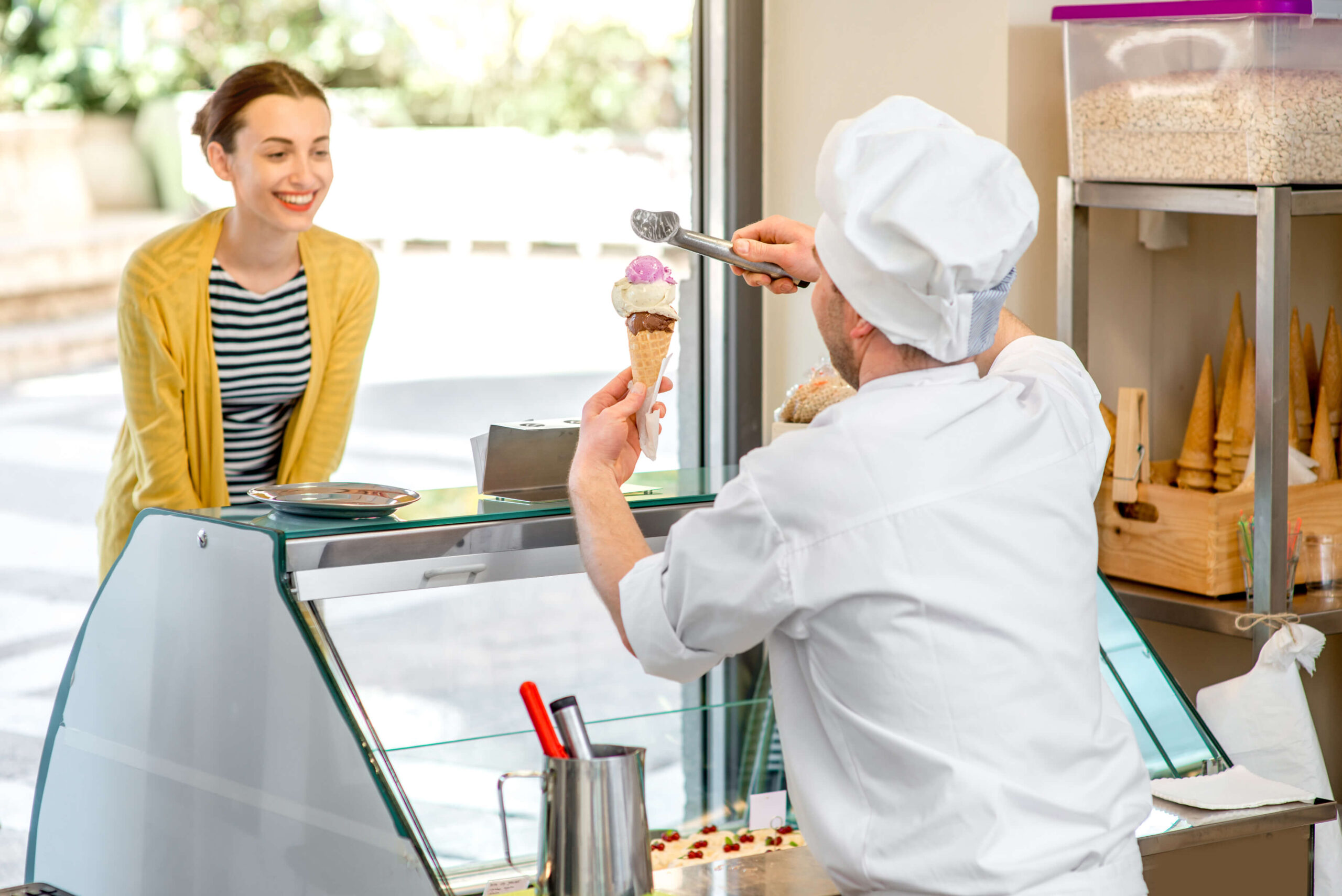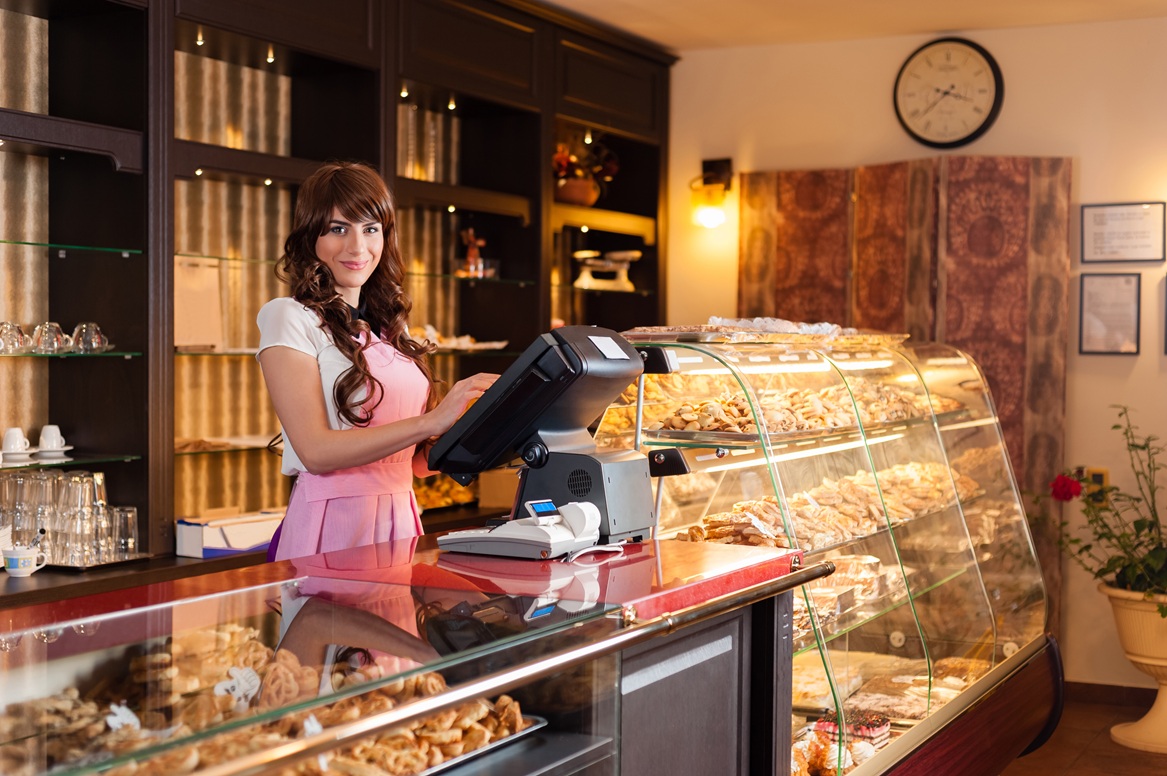- 1.Research the market
- 2. Find your niche
- 3. Concoct a catering business plan
- 4. Acquire the necessary permits and licenses
- 5. Secure a space for your catering business
- 6. Create a catering business menu
- 7. Understand costs for a small catering business
- 8. Recruit and train your team
- 9. Set up an ordering system
- 10. Market your catering business
To start a small catering business, you must focus on market research, finding your niche, creating a convincing business plan, acquiring permits and licensing, securing a space, developing a menu, estimating costs, recruiting a team, setting up an online ordering system and marketing your business.
In this article, you will find a helpful guide that gives you essential tips on how to start a small catering business and turn it into a profit-making machine.
How to start a small catering business: 10 essential steps
Research the market
Find your niche
Concoct a catering business plan
Acquire the necessary permits and licenses
Secure a space for your catering business
Create a catering business menu
Understand costs for a small catering business
Recruit and train your team
Set up an ordering system
Market your catering business
1.Research the market
How to start a small catering business? Find out if there is a gap in the market you can fill! You must analyze the current food market in your area and your competitors to ensure there are interested customers that would make your business a success.
Here are some of the questions you must answer:
- Who are your indirect and direct competitors?
- Is the market you are trying to enter saturated?
- What do your direct competitors sell and what are their prices?
- Who is your target audience, including demographics, food and buying habits?
For example, the target market for a small catering business can be couples in their 20s, upper to middle class, who plan to wed with a crowd of around 100 people and enjoy Asian-inspired food.
2. Find your niche
When starting a catering business, the key to profit is finding a niche where you don’t have many other competitors. This way, you can fill a need and get noticed faster than trying to break through in a highly competitive market.
To find your niche, you must pick your:
- Catering type: what type of events do you want to offer catering for? For example, weddings, corporate parties, or social gatherings;
- Type of service: will you also provide staff to serve the food at the event or just deliver the food?
- Menu offerings: what type of food can you offer that is both delicious yet different from other small catering businesses?
3. Concoct a catering business plan
No matter the size of your business, you need a catering business plan that will serve as both the foundation of your new venture and the plan for growing your sales. Here is what it must include:
- Mission statement: why do you want to open a catering business and what are your values? What benefits do you plan to offer customers?
- Unique Selling Proposition: a short sentence that highlights what makes your catering business special and that will be used in further marketing materials. For example “Asian-inspired catering, the flavor that makes your event shine”;
- Type of service: will you be just selling the food or also providing servers to manage the event?
- Menu: what products will you offer, how much will they cost to prepare and what price are you charging for them?
- Financials: list all the costs for the first year of business and the forecasted revenue;
- Operations outline: describe in detail how your business will work, how many employees you will have, what their responsibilities will be and how much you will be paying them;
- Marketing plan: how do you plan to promote your catering business? What channels will you use and what will your marketing budget be?
4. Acquire the necessary permits and licenses
When searching for the answer to how to start a small catering business, adhering to local and food laws is a priority. You want to take care of all permits and licenses at the start to ensure you won’t receive any fines that eat into your profit.
What licenses do I need to start a catering business in the US? Read on below and check the Small Business Administration website for more information.
- Food handler’s permit
- Health department permit
- Business license
- Employer identification number
- Alcohol license
These permits and licenses differ for each country, county, and city, so make sure you contact your local authorities to find out exactly what is needed for your jurisdiction.
If you plan to start a catering business from home, you will need the following licenses and permits:
- General Business License
- Food Handler’s Permit
- Food Service/Catering License
- Home Occupation Permit
- Cottage Food License
- Employer Identification Number (EIN)
5. Secure a space for your catering business
How to start my own catering business? Choose and acquire a space that will serve as preparation quarters for your business. Here are some factors that will influence your choice:
- The amount of space you need: if you won’t have clients visiting your premises to pick up food, you will only need a kitchen for food preparation. If you plan to allow customers to pick up their catering menus from your location, consider adding a serving space complete with a catering POS system that will enable you to accept payment fast and increase client satisfaction;
Accept a variety of payment methods fast with a POS system
Get the most efficient catering pos system from GloriaFood
Start now- The location: if customers will be visiting your space, you need to ensure the location has enough parking spaces and can also be reached by public transport. Moreso, consider choosing a place that is close to the event halls you will be serving food at to shorten delivery times;
- The price: locations on the outskirts of town will usually be cheaper. Before committing, take into account the fuel and time spent on delivery to see if the cheaper location won’t impact your operations.
Creating a menu is arguably one of the most important steps of how to start a small catering business. You need menu items that will attract your target audience and fit into your chosen niche. For example, Asian-inspired dishes or bite-sized French cuisine.
To make it easy for customers to browse your menu and settle on their order, you can use the online menu creator from GloriaFood. The menu builder is intuitive and will help you publish your offering on your website by the end of the day.
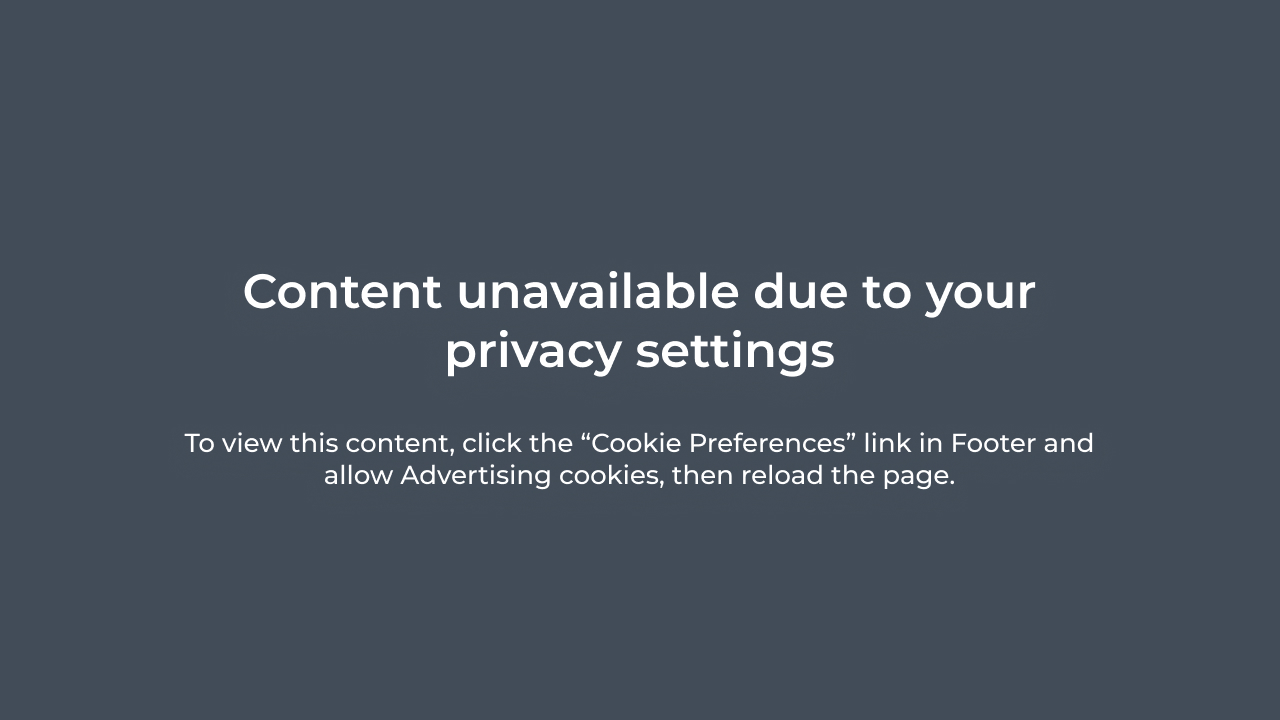
If you don’t already have a website, you can get a sales and SEO-optimized one from GloriaFood for less than the price of a pizza. Not only does the website encourage clients to buy by leading them to the menu button, but the SEO optimization also ranks you high in searches so more customers find your business.

Moreover, if you want to persuade customers to order more, consider adding promotions to your menu. With the GloriaFood Promotions module, you can have irresistible promotions live at the top of the menu in just seconds. For example:
- 10% discount on orders over $200
- 5% discount for the dessert section
- Free dessert for orders over $100

On top of promotions, consider also adding allergen and nutritional information to your menu items as the events you cater for might have guests with dietary restrictions in attendance. You can do so in a couple of minutes with the menu creator from GloriaFood.

7. Understand costs for a small catering business
The costs for a small catering business will vary according to location, type of service, chosen space, and menu. Here are some estimations that will help you get a better idea of how much money you need to start a catering business.
How much does it cost to start a catering business in the US? See below:
- Storage facility for prep: $500 to $2,000
- Ingredients: $2,000 to $10,000
- Insurance: $100 to $500 per month
- Utility expenses: $300 to $1,000 per month
- Marketing and advertising: $200 to $1,000 per month
- Miscellaneous (small equipment, serving platters restock): $100 to $500 per month
- Licenses and permits: $50 and $200 per month
- Maintenance and repairs: $100 to $500 per month
- Transportation and delivery: $300 to $1,500 per month
8. Recruit and train your team
Regarding your staff, the first step of how to start a small catering business is determining how many employees you will need. If you don’t plan to offer service on site, you only need to hire kitchen staff and serving staff to handle the POS system for sales.
If you also provide serving on site, you will need part-time staff that will unpack the food and serve it to customers at events. To attract the best contenders, you can post a hiring announcement on your website for maximum visibility.
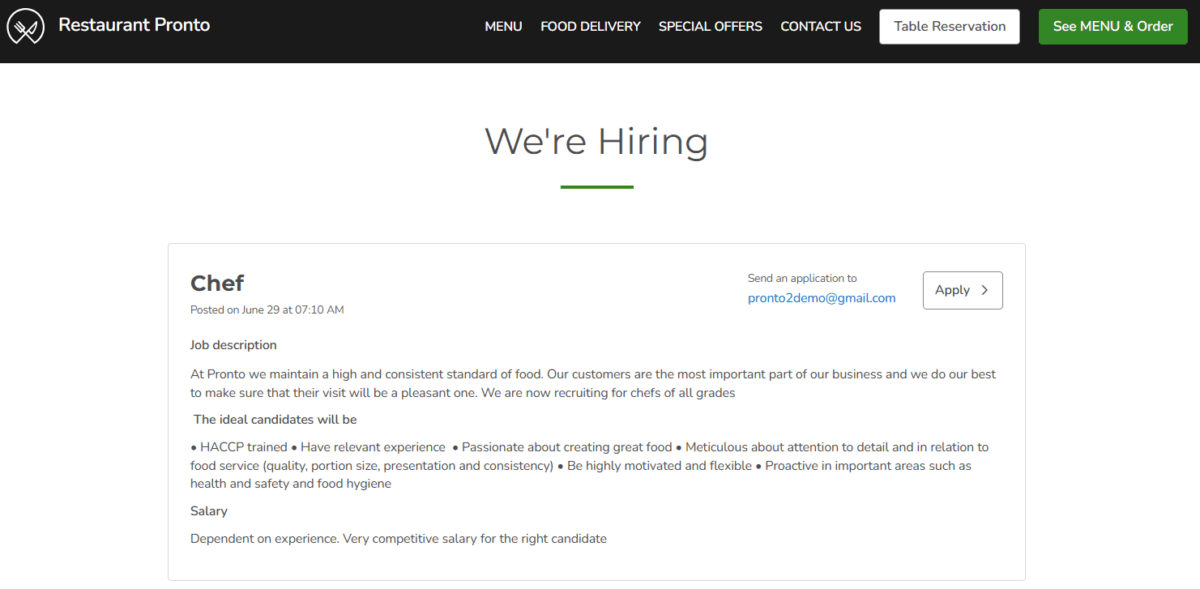
Once you have hired the best employees, you must provide them with training so they can excel at their jobs. Here are some must-teach topics:
- Food safety: how to handle and prepare food to prevent any cross-contamination and food-born illnesses;
- Standard operating procedures: so every employee knows their role and responsibilities;
- Menu items: so servers can knowledgably respond to any questions regarding the food you offer;
- Serving etiquette: how to adequately serve food in a way that makes customers comfortable and persuades them to order from your catering business again.
- POS usage: you can take advantage of the Training Mode of the GloriaFood POS system to teach employees how to place orders and accept payments without affecting your financial statements;
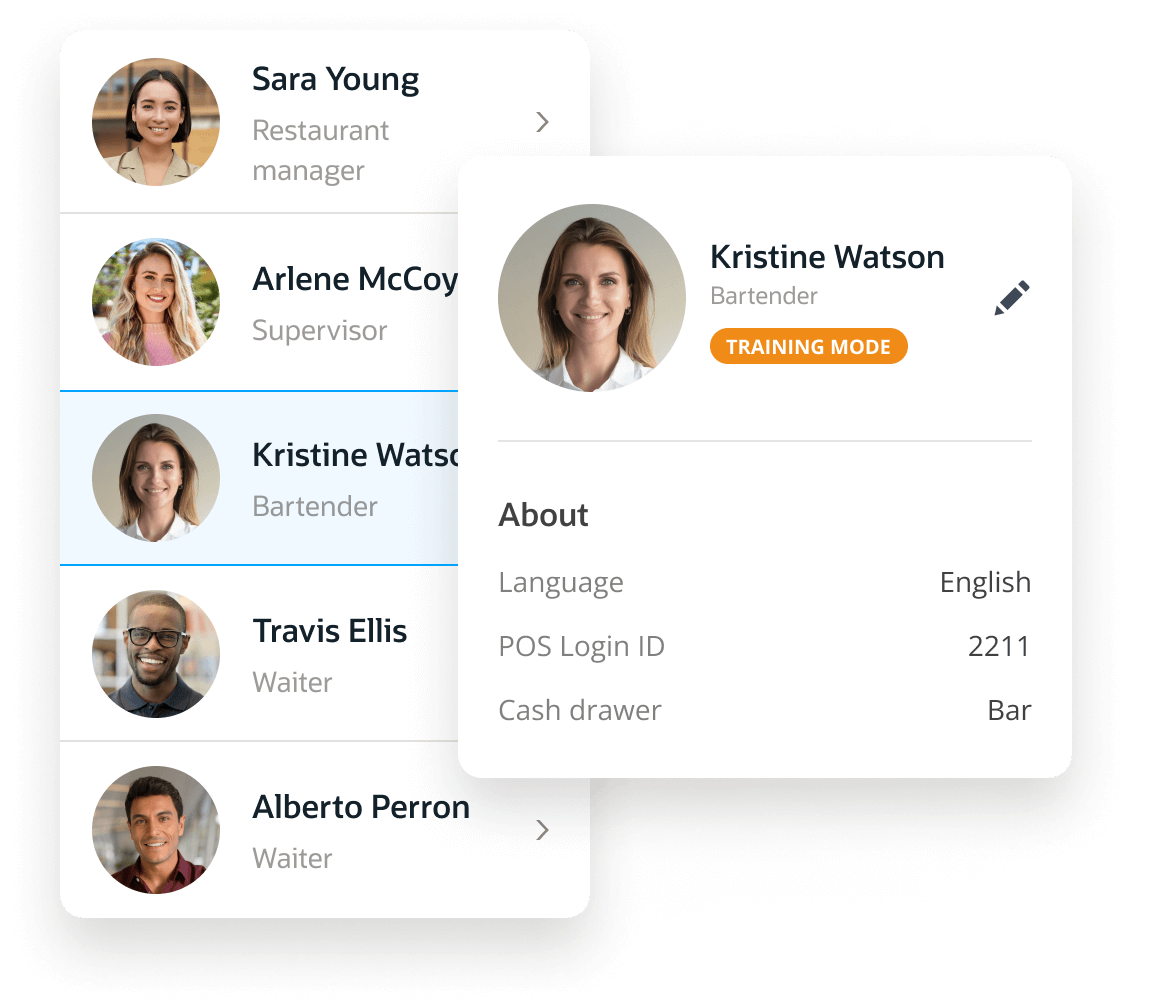
9. Set up an ordering system
Once you decide you want to open a small catering business, you must also settle on the way you will be selling your food. Some caterers go for third-party apps, but they soon notice that their business gets lost between countless other options and they also have to pay big fees.
The best option that gives you complete control over the order-taking process is to add an online ordering system to your website.
This makes ordering a breeze for your customers because they just have to browse the menu, choose the desired food, add to cart, and place the order. All in just a few clicks online, no unnecessary human contact or errors.

Customers also have the option to schedule orders in advance and even pay in advance if you enable online payments from the system’s admin.
Furthermore, the set-up process is also incredibly easy for you, as the owner of a catering business. You just have to:
- Create a profile and set up basic information such as address;
- Develop a menu with the help of our wizard;
- Publish the menu on your website and start accepting online orders by tonight!
We also left the best part for last: the online ordering system is FREE! So you can save your heard-earned money for other important expenses.
10. Market your catering business
Once you have gone through all the previous steps of how to start a small catering business and are ready for launch, it is time to get the word out about your business and start attracting customers. Here is what your marketing plan should include:
- Constant posts on social media: to tempt people with mouth-watering photos of your food and attractive promotions. Don’t forget to add the GloriaFood smart link on your social media profiles so clients can instantly reach your online menu and order. You can also consider paid ads to reach your target audience;
- A Google Business Profile: complete your profile so you can appear in searches on Google Maps and attract more customers;
- Professional food photography: persuade people to order by showcasing your food in the best light. You can hire a photographer or learn more about food photography;
- Sampling events: organize an event where you invite interested customers to sample your menu offerings and place an order for their future gatherings and events;
- Getting positive reviews: convince happy customers to leave good reviews on Google and other review platforms in your area. Potential customers will be encouraged to order when they see other people had a positive experience;
- Email marketing campaigns: encourage people to come back and place new orders by sending them personalized email according to their purchasing history. You can use our Autopilot module to re-engage clients, prevent cart abandonment, and encourage second orders.

Final words
You now have all the information for how to start a small catering business, so it is time to take the knowledge and put it to use. Take advantage of all the GloriaFood products and features to ensure your catering business will be a profitable success.
The most profitable types of catering are the ones that service corporate events and weddings. This is due to the premium pricing for these types of events and the consistent and repetitive nature of them.
To start a catering business, it is helpful to have experience in food preparation and event planning. Moreover, you must have a clear understanding and acquire permits related to food safety, fire safety, and health regulations.
Catering can be a profitable business, where the average profit margins range from 7% to 15%. The profit will depend on a variety of factors such as location, operational efficiency, pricing, niche selection, and strong reputation.
- 1.Research the market
- 2. Find your niche
- 3. Concoct a catering business plan
- 4. Acquire the necessary permits and licenses
- 5. Secure a space for your catering business
- 6. Create a catering business menu
- 7. Understand costs for a small catering business
- 8. Recruit and train your team
- 9. Set up an ordering system
- 10. Market your catering business
Get your restaurant POS system
More than [[restaurants_number]] customers have advanced their restaurant businesses with GloriaFood
